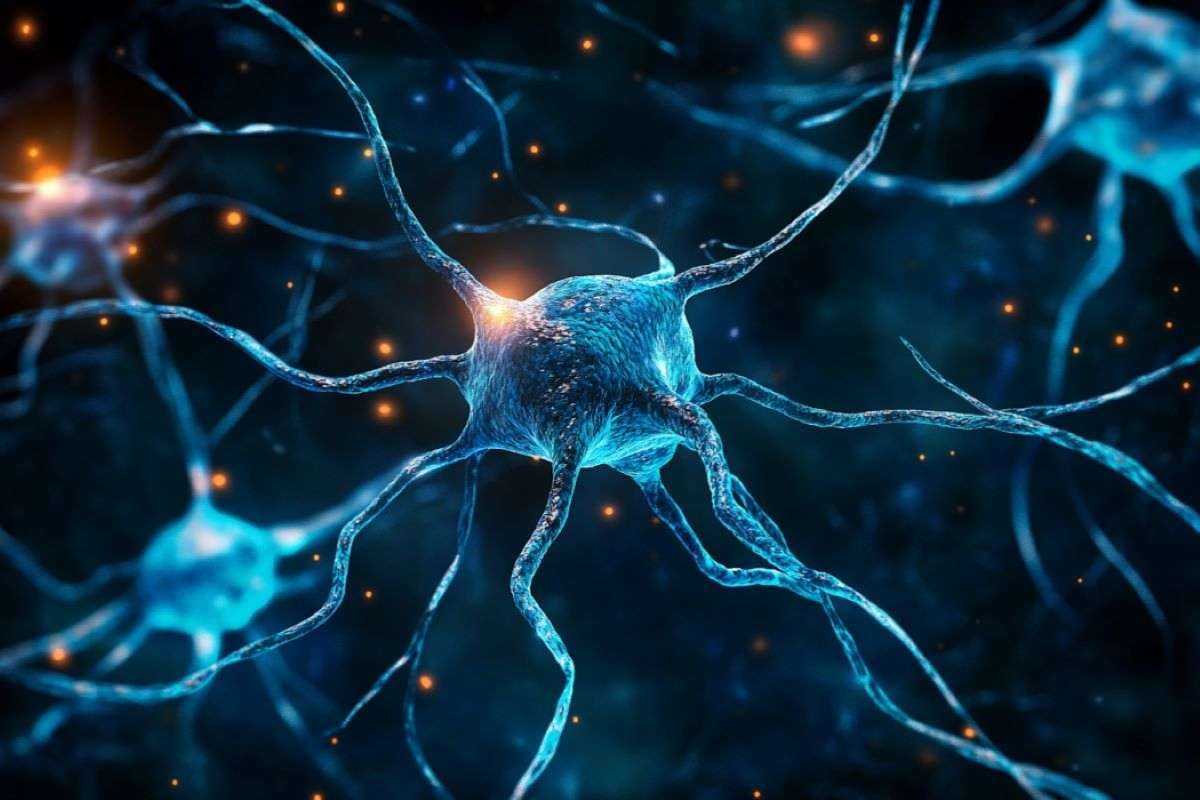The onset of autism spectrum disorder (ASD) is influenced by environmental factors, according to a collaborative study project. Researchers used a valproate-treated mouse model and discovered that the prefrontal lobe of the mouse showed increased expression of the Rnf146 gene, a known ASD influencer.
This was a phenomena observed in several ASD models and was connected to autistic behavioural traits and an unbalanced neurotransmitter system in the frontal cortex. The results open the door to better knowledge, early identification, and treatment strategies for ASD.
Key details
- According to the mouse model, the Rnf146 gene, which is affected by valproate exposure, is crucial for the development of autism.
- The frontal lobe neurotransmitter imbalance in the mouse model of autism is consistent with previous autism models.
- This ground-breaking study, which was supported by the Ministry of Science and ICT, was released in “Experimental & Molecular Medicine” in August 2023.
The research team headed by Professor Minsik Kim from the Department of New Biology at DGIST (President Kuk Yang) announced on the 17th (Thurs. ), that through a collaborative study conducted with the research teams headed by Professors Yongsuk Lee at Seoul National University, Professor Junyong Ahn at Korea University, and Professor Chanyeong Shin at Konkuk University, they have identified the environmental factors affecting the occurrence mechanism of autism spectrum disorder.
Autism spectrum disorder is a neurodevelopmental illness that typically affects young children. As a result of the inability to carry out typical social communications and interactions, behavioural patterns, interests, and activity range are confined and repetitive. A spectrum disorder affects one out of every 50 to 60 children, making them fairly frequent, according to some research.
What Is Autism Spectrum Disorder? The Emotional Brain Is Not Fully Developed
It is commonly established that environmental and genetic factors, such severe infections or exposure to particular medicines during pregnancy, can contribute to autism spectrum disease.
In the meantime, a prior investigation led by Professor Chan-yeong Shin’s research group at Konkuk University revealed that valproate may be potentially connected to autism spectrum condition because it may interfere with a fetus’s ability to grow its brain when used during pregnancy. However, a dearth of studies on the molecular target has made it difficult to design therapeutic medications.
Thus, utilising the valproate-treated mouse model created by Professor Shin’s research team, Professor Minsik Kim’s research team at Korea University conducted a multi-omics study with Professor Ahn’s research team.
The findings demonstrated that a negative response to valproate caused an increase in the expression of the Rnf146 gene, which is known to affect autism spectrum disease, in the prefrontal lobe of the autism mouse model. Furthermore, in collaboration with Professor Lee’s research group at the College of Medicine of Seoul National University, autistic behavioural patterns were discovered utilising the Rnf146 gene expression model.
It was shown that the frontal lobe of the mouse model had an unbalanced ratio of excitatory and inhibitory neurotransmitters. Seoul National University’s Professor Lee commented,
Since other autistic models frequently see this phenomena, this research makes a substantial contribution to figuring out what causes autism in general.
The results of this study are anticipated to advance strategies for early diagnosis and treatment of autism spectrum disorder and contribute to a deeper understanding of the mechanisms underlying this condition.
As stated by Professor Kim, “We will continue our research on various developmental disorder models using multi-omics analysis through joint studies with other institutions and carry out comprehensive research on model organisms in order to identify the core network of autism spectrum disorder and discover treatment targets.”
Professor Shin of Konkuk University continued, “The research results are expected to become the foundation of future research on the possibility of environmental pollution causing autism and the related mechanisms.”
According to Professor Ahn of Korea University, “In particular, the multi-omics technology is expected to be widely utilised in discovering a new molecular network in the process of brain development and finding critical regulatory genes of various autistic models.”
The results of this study, which was supported by the Ministry of Science and ICT, were released on August 1, 2023 in “Experimental & Molecular Medicine” (IF 12.800, JCR 4.8%).







